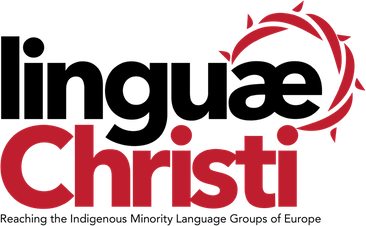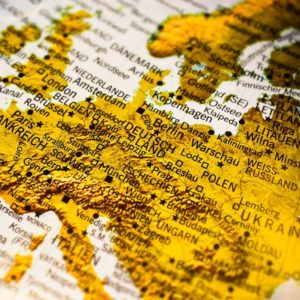Last month, I described “Language Affinity” as representing the relationships that languages have with other languages. By adding “Group” to this, I’m describing how the principles of linguistic affinity actually become a useful, if not essential organising principle for our vision and ministry among all the indigenous minority language groups of Europe. To explain this significance for us, let me start with the scale and scope of the task.
Consider first that over 100 million people speak one of these indigenous minority languages as a “heart language” across the greater European context. Then, consider that these 100 million people are spread linguistically over 165+ distinct languages, from at least five language families and including some language isolates (those languages that cannot be shown to be related to any other living languages). Finally, consider the geographic context for these languages, starting from Greenland and Portugal in the west to the tip of Siberia in the east. It is an immense (sixteen time zones out of twenty-four in the world—Russia alone has ten time zones). How does one even begin with such a task? I often describe the situation with the old adage “how do you eat an elephant?” Answer? “One bite at a time.”

Any missionary organisation targeting a large population group and area must divide the work into reasonable units, if they are to make the task in any way manageable. We share this need with similar missionary organisations. However, our approach to the organising principle for making the ministry more workable is different from that of most other organisations of this kind. Most missionary organisations would use geography and more specifically geopolitical units located in proximity to other such units as their organising principle. In other words, you might find a UK-Ireland Mission, or a France/Benelux Cluster, etc.
However, as the vast majority of the indigenous minority languages people groups are “stateless” nations, they tend not to fit very neatly in the borders and boundaries, which are indicated in most political maps. For example, if we take Catalan speakers as a people group, where would we put them, if we are bound by geopolitical parameters? They live in modern Spain, France, Andorra, and even Italy (around Alghero in Sardinia).

For this reason, we “throw out” the geopolitical borders on most maps and organise all these language groups by their linguistic affinity, i.e., how they are related to other languages. This approach works every bit as well as geopolitical groupings, and for these specific minority language groups creates an immediate sense of understanding and common purpose.
In looking at all of these indigenous minority people and languages and immense geographic area, we found that all of them fit rather neatly and naturally into 12 Language Affinity Groups (or “LAGs”). Consequently, the ministry of Linguæ Christi is organised by language affinity into the following groups:
- Celtic Languages Affinity Group
- Ibero-Romance Languages Affinity Group
- Gallo-Romance Languages Affinity Group
- Italo-Romance Languages Affinity Group
- Germanic Languages Affinity Group
- Balto-Slavic Languages Affinity Group
- Uralic Languages Affinity Group
- Altaic/Paleo-Siberian Languages Affinity Group
- Caucasian/Indo-Iranian Languages Affinity Group
- Roma Languages Affinity Group
- Jewish Languages Affinity Group
- Sign Languages Affinity Group
We’ll pick up the chase again in next month’s instalment of Sprachspielen. Until then, blessings to you all!

